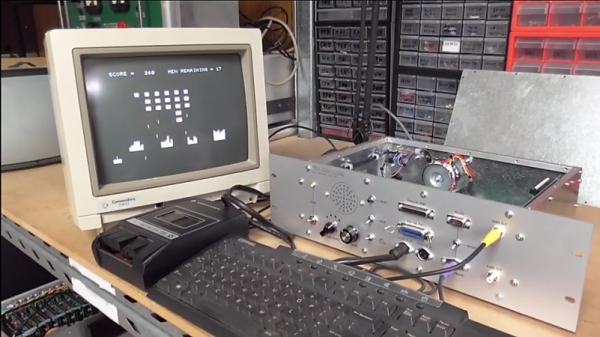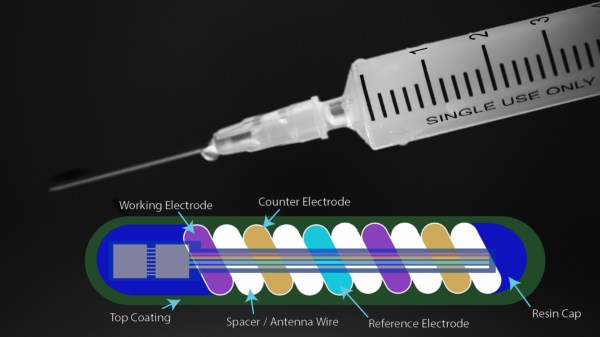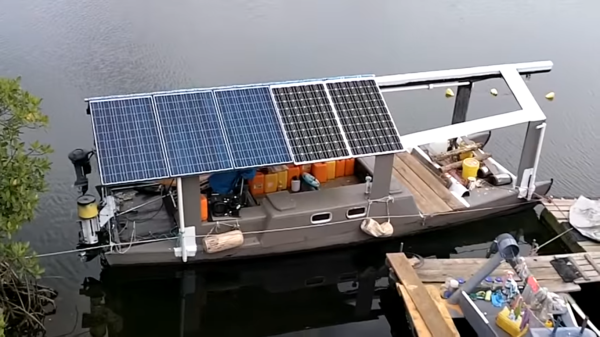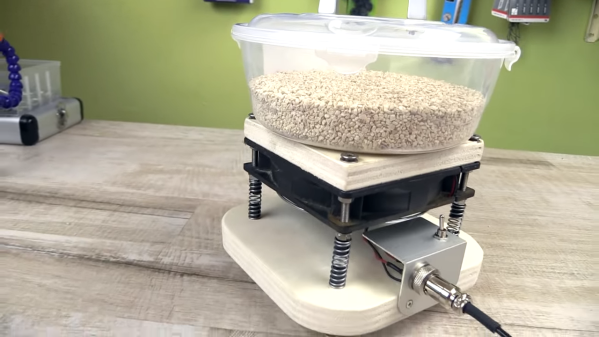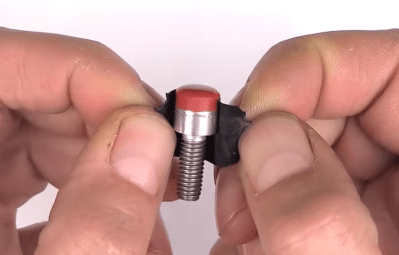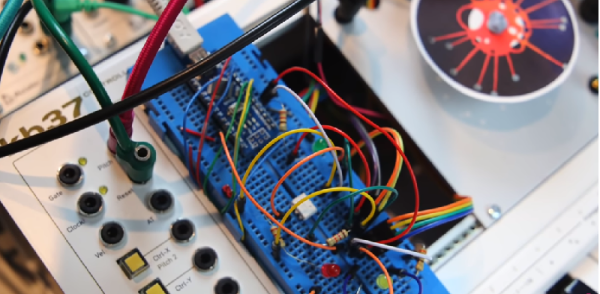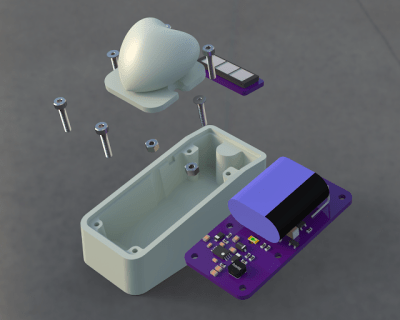All the retrocomputer love for Commodore machines seems to fall on the C64 and Amiga, with a little sprinkling left over for the VIC-20. Those machines were truly wonderful, but what about the Commodore machine that paved their way? What about the machine that was one of the first to be gobbled up in the late 1970s by school districts eager to convert a broom closet into the new “computer lab”?
The PET 2001 might be a little hard to fall in love with given its all-in-one monitor, cassette recorder, and horrible chiclet keyboard, but some still hold a torch for it. [Glen] obviously felt strongly enough about the machine to build a PET from current production parts, and the results are pretty neat. When trying to recreate a 40-year old machine from scratch, some concessions must be made, of course. The case doesn’t attempt to replicate the all-in-one design, and the original keyboard was mercifully replaced by a standard PS/2 keyboard. But other than that the architecture is faithfully replicated using new production 65xx chips and 74HCT family logic chips. [Glen] had to jump through some hoops to get there, but as the video below shows, the finished machine plays a decent game of Space Invaders.
We’ve seen a PET brought back from the grave by FPGA and a C64 emulated on a Raspberry Pi, but going back to basics and building this from scratch was a fitting homage to an important machine in PC history.
Continue reading “A Scratch-Built Forgotten Classic Of The Early PC Age”

